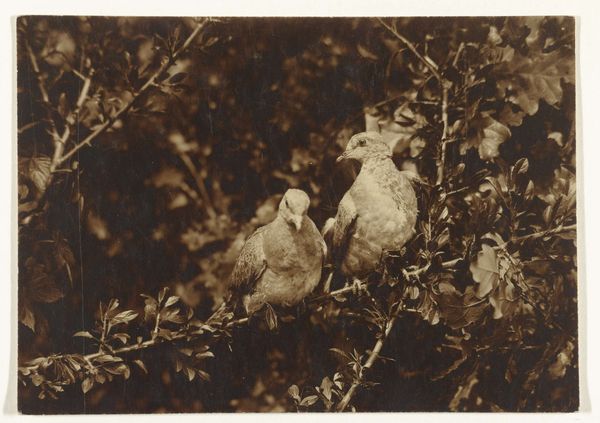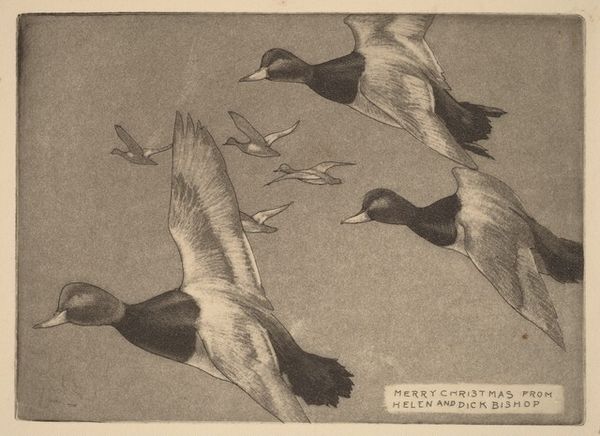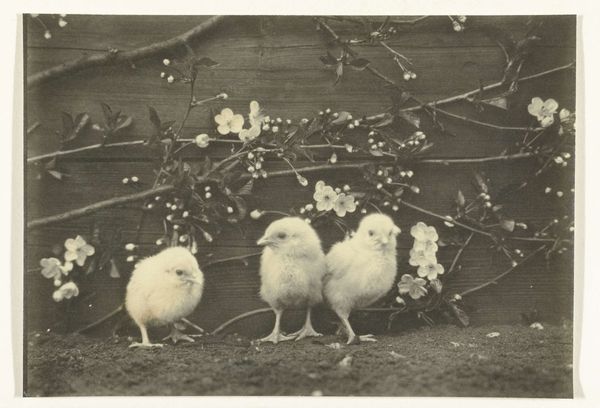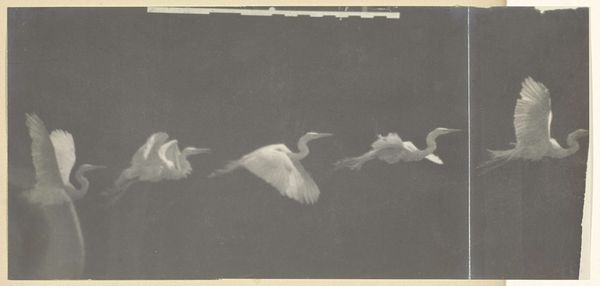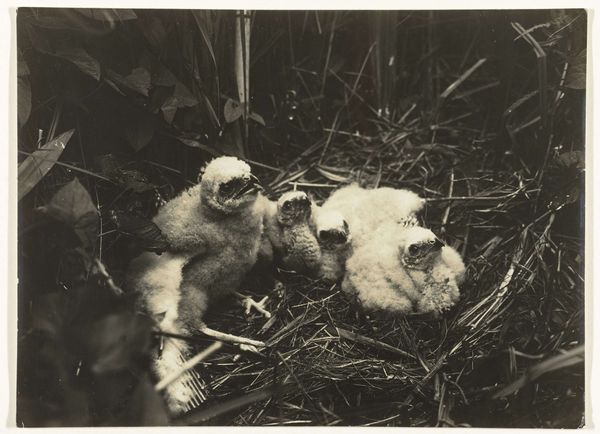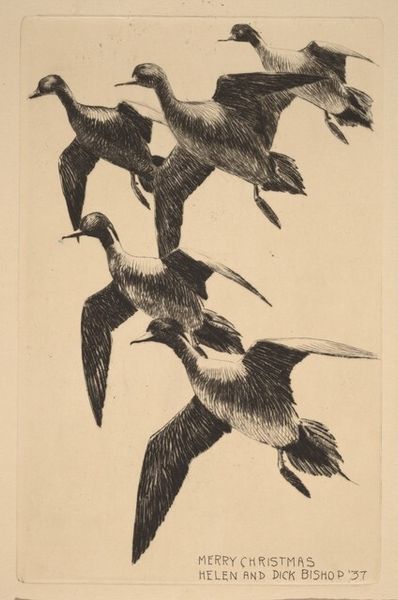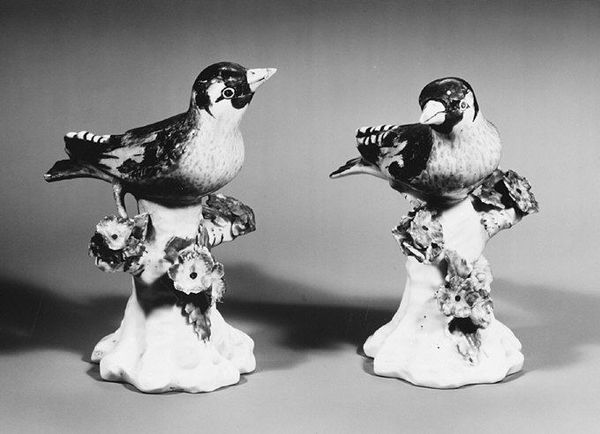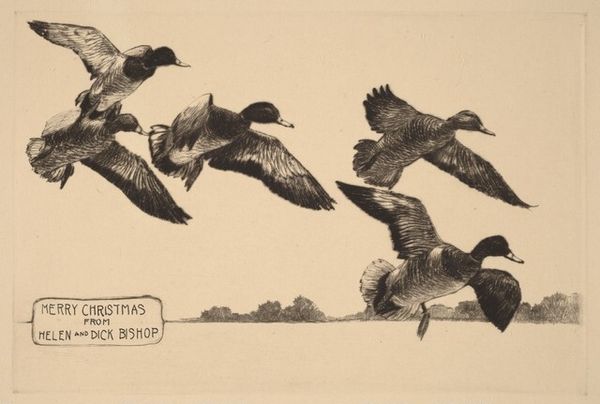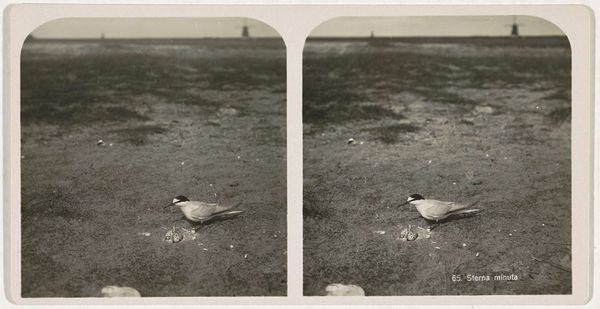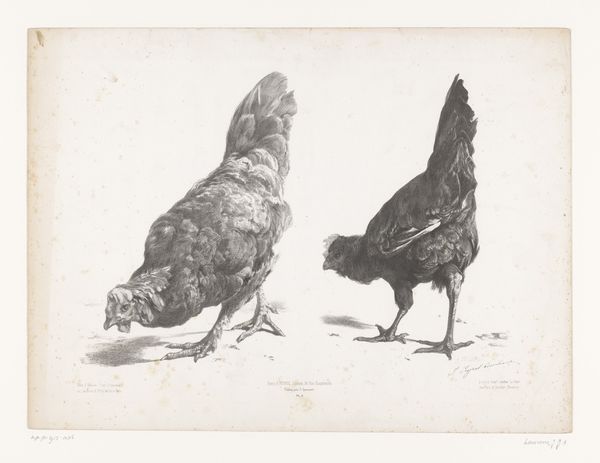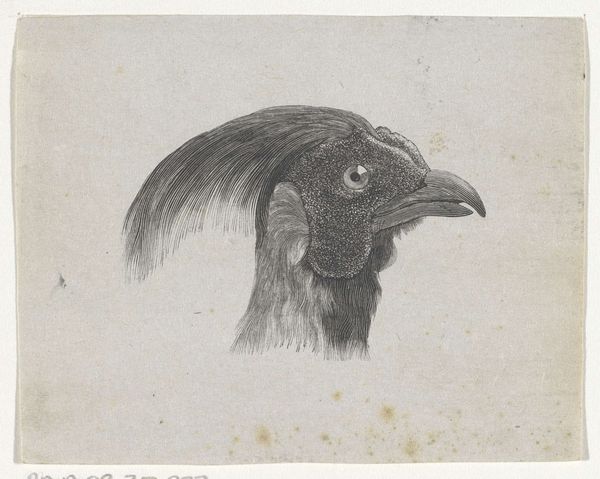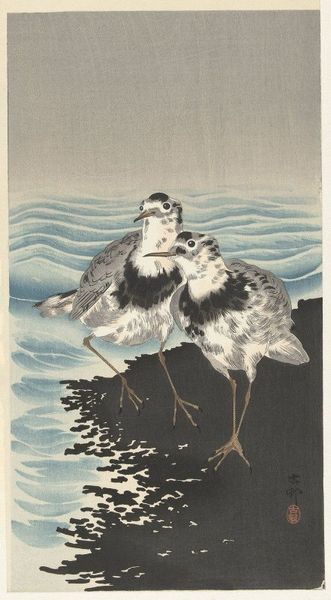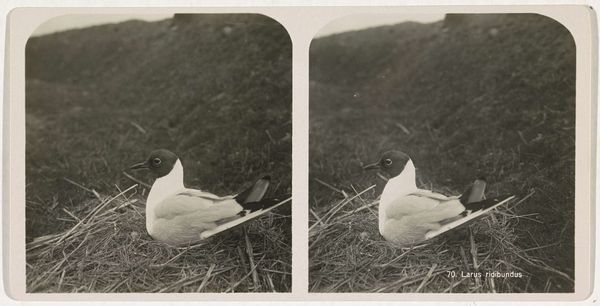
photography, gelatin-silver-print
#
portrait
#
still-life-photography
#
sculpture
#
charcoal drawing
#
photography
#
gelatin-silver-print
#
charcoal
#
graphite
#
watercolor
#
realism
Dimensions: 4 7/16 x 6 13/16 in. (11.27 x 17.3 cm) (image)
Copyright: No Copyright - United States
Curator: The artwork before us, titled "A Study in Natural History," is a gelatin silver print from around the 20th century by A. Radclyffe Dugmore, currently housed here at the Minneapolis Institute of Art. Editor: Well, hello there, little fellas! They look so grumpy, or maybe just supremely serious about birding matters. All lined up like they're waiting for a tiny school bus. Curator: The composition certainly evokes themes of observation and categorization, practices central to natural history as a field of study. Think of it within a broader history of scientific expeditions and the desire to classify the natural world during the colonial era. How do photographic methods and realist aesthetics serve those aims, and potentially reinforce power structures? Editor: Hmmm, power structures. Okay, I see that. But also, look at their fluffiness! I just want to gently, gently ruffle their feathers. I imagine Dugmore spent a good deal of time waiting patiently—a real wildlife whisperer. I wonder, did he name them? Bertie, Beatrice, Bartholomew… hmmm… Barnaby! Curator: Indeed. Dugmore was a known wildlife photographer and naturalist. The albumen print process itself often required extended exposure times, demanding patience. Looking at this print, what sociopolitical contexts could frame it? Early conservation movements and changing relationships to the non-human world maybe? Editor: Oh definitely! And I think they’re also reflecting something back at us: are *we* observing them with respect and understanding, or just, like, invasively documenting their existence for our own purposes? Maybe Barnaby is judging me. Curator: It is a compelling reminder of our ethical responsibilities toward our environment, as critical as it was in Dugmore's era. The legacy of colonialism impacted environmental degradation—we could extend this interpretation to current eco-critical issues of how photography and science participate in representing—and potentially exploiting—vulnerable ecologies. Editor: True! It does offer a perspective on human impact, but also…still kinda cute, right? Anyway, thanks little birds for inspiring contemplation today! Curator: Absolutely. This piece invites a richer examination of nature, science, and society than one might expect at first glance.
Comments
No comments
Be the first to comment and join the conversation on the ultimate creative platform.
